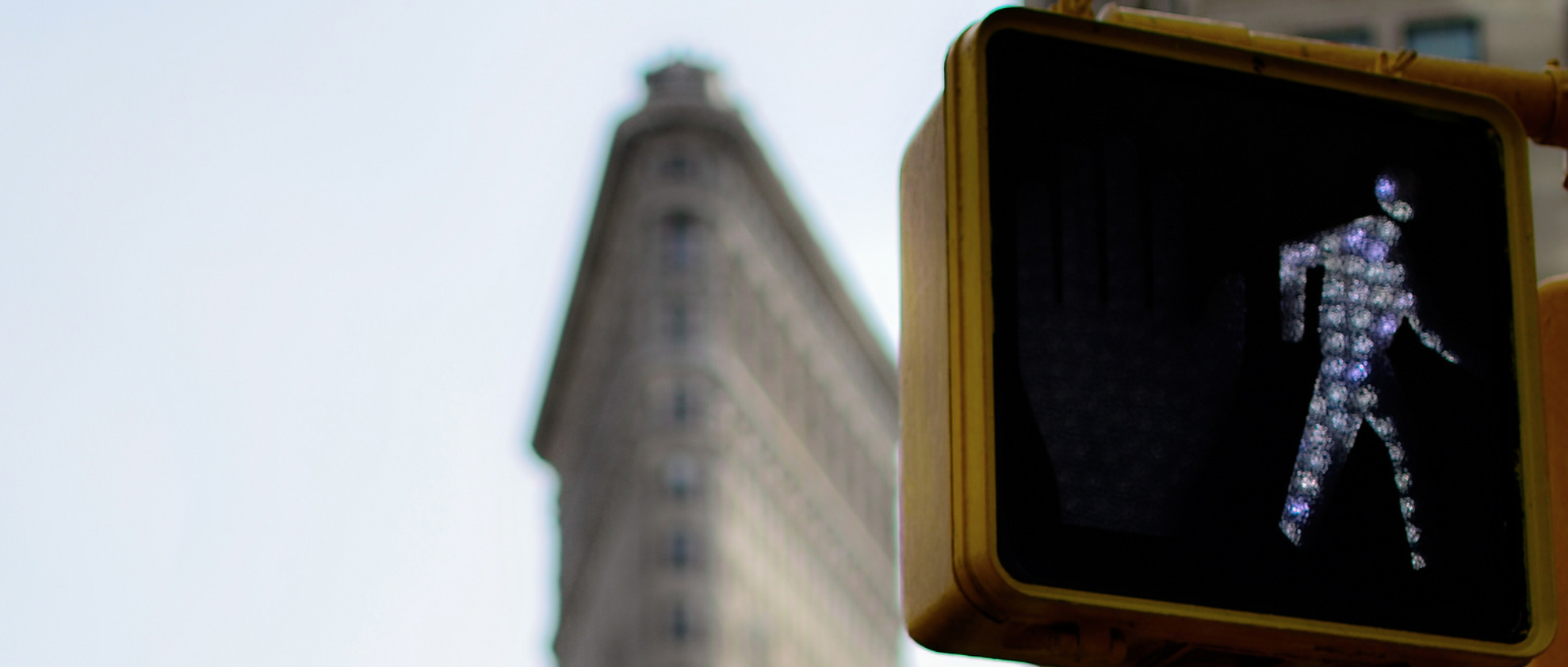Title Page
Turn Schools Into Teacher Housing? Unique Idea Sparks Backlash in Bay Area Community. Mercury News.
Introduction
Building Better Schools: 6 Ways to Help Our Children Learn. Arch Daily.
As noted by researchers in the report, "Surprisingly, whole-school factors (e.g. size, navigation routes, specialist facilities, play facilities) do not seem to be anywhere near as important as the design of the individual classrooms. The message is that, first and foremost, each classroom has to be well designed."
Executive Summary
On a given day, you can hear very different narratives about the trajectory and current state of cities. Are they sites of growing inequality, persistent segregation and mass incarceration or areas of opportunity offering increasingly better outcomes for residents? Well, says Robert Sampson, Harvard University professor who researches neighborhood effects, "it is undeniable that cities are simultaneously better and worse off today than they were at the height of the urban crisis in the 1970s and 1980s."
In his recent Urban Studies piece, Sampson offers a way for analysts to consider both of these paths, after offering this caveat: "It is impossible, nay foolhardy, to try to take on structural trends in all urban phenomena, at multiple geographic scales, and in cities across the world in a serious way within the confines of one article."
His framework continues to argue that neighborhoods "exert causal effects on a wide variety of everyday life...mediate and are mediated by both macrostructures (e.g. political, economic, legal) and micro processes (e.g. perception and choice)...perpetuate structural inequality," without effective policy intervention. Though much has changed in the past several decades, Sampson argues that spatial patterns of disadvantage and inequality have proved durable.
Policy fixes have tended to be discussed in a sort of either/or approach: either invest in places or people. "Rather than choose between place- and person-based approaches," though, Sampson says, "we need both types of interventions to effect durable change."
Policies that push for residential integration, for example, or simply try to move people to advantaged neighborhoods, are incomplete. "It is worth noting that whites are rarely required to make sacrifices, let alone move, to achieve racial integration," writes Sampson. "I would further argue that to demand racial integration mainly through the residential actions of black Americans is morally suspect in a society where white supremacy remains virulent and is apparently sanctioned at the very top."
Conclusion
Though many mayors have pledged to reduce emissions in their cities, a new report from the United Nations shows just how serious such steps must be to manage the pace of climate change we're already facing. But Alissa Walker notes that such a strategy misses the more connected picture of how cities function.
"I find it astounding, actually, that 400 mayors have so confidently signed on to hit these ambitious emissions targets, something for which cities have no real historical precedent, while fewer mayors will commit to designing safer streets—something we know exactly how to do and can see demonstrated in cities all over the world.
Yet the most effective solutions for reducing traffic deaths—walk-first planning, complete streets—are also essential tools for reducing emissions."
Indeed, facilitating and encouraging more walking, biking and transit use are mentioned in the U.N. report. If cities want to take on climate change seriously, argues Walker, it will also mean taking on traffic deaths in a real way.
"What we choose to do in the next 15 months will determine the path we set for our children. Do I want to tell my kids that their neighbors opted to preserve parking over their well-being? Do I want to tell my kids that their parents chose the convenience of an SUV over their shot at a future?"

